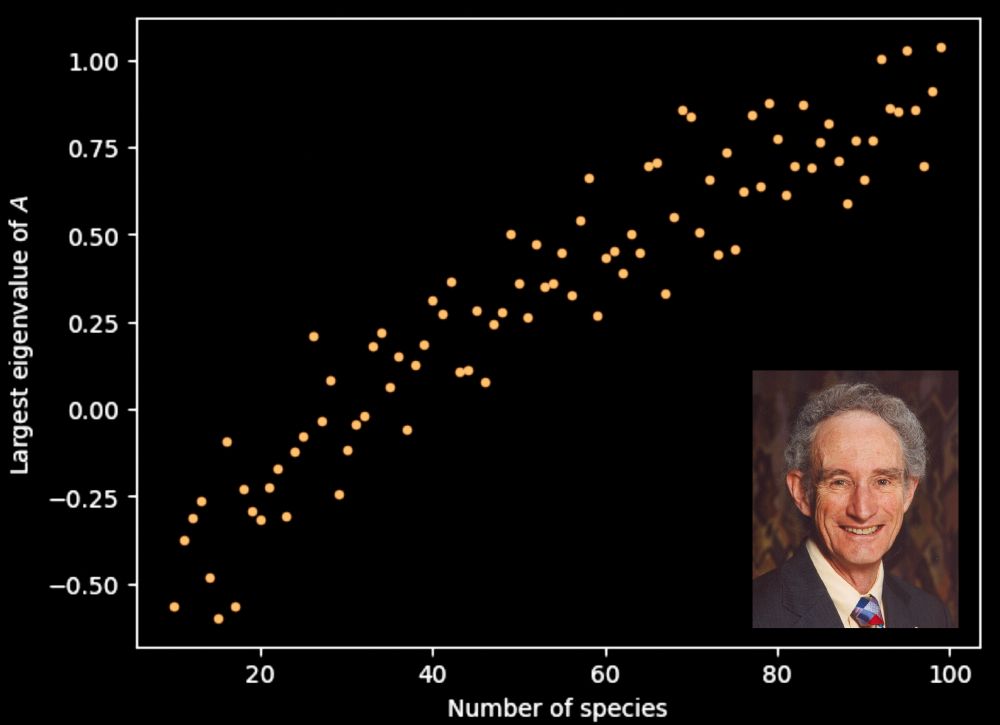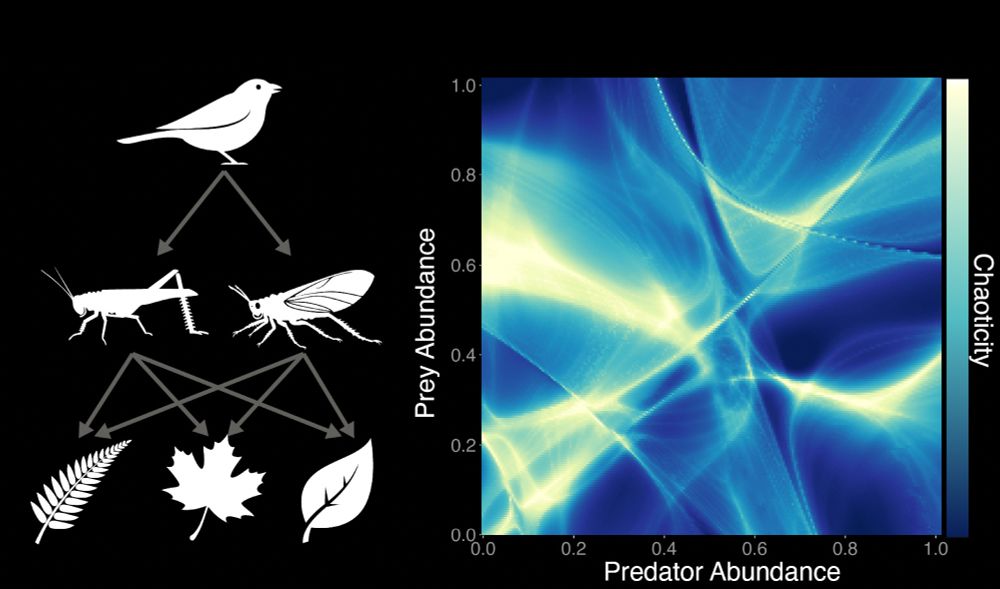Reposted by: William Gilpin
Reposted by: William Gilpin
Reposted by: William Gilpin
Reposted by: William Gilpin
Reposted by: William Gilpin
Reposted by: William Gilpin
#NSF #CAREERAwards #EarlyCareerDevelopment #TexasScience @wgilpin.bsky.social @utphysics.bsky.social
cns.utexas.edu/news/accolad...

Reposted by: William Gilpin
Reposted by: William Gilpin
Reposted by: William Gilpin
Reposted by: William Gilpin
Preprint here: arxiv.org/abs/2502.21072
#physics #innovation 🧪🦋 @apsphysics.bsky.social

Reposted by: William Gilpin
Reposted by: William Gilpin
Reposted by: William Gilpin
Reposted by: William Gilpin
Code: github.com/williamgilpi...
Explanatory Website & Code demo: williamgilpin.github.io/illotka/demo...












doi.org/10.1371/jour...

Paper here: arxiv.org/abs/2505.13755
Study lead by Jeff Lai and Anthony Bao
